Alfa Romeo Montreal: How It All Began
Images: Archivio centrale dello Stato/Stile Bertone, Alfa Romeo Archives, Gautam Sen, L'Automobile Magazine
It was in August 1966 that Alfa Romeo received a most fortuitous commission—to prepare two concept cars for the 1967 World Fair, to be held in Montreal, Canada, to celebrate the 100th anniversary of the formation of the Confederation of Canada.
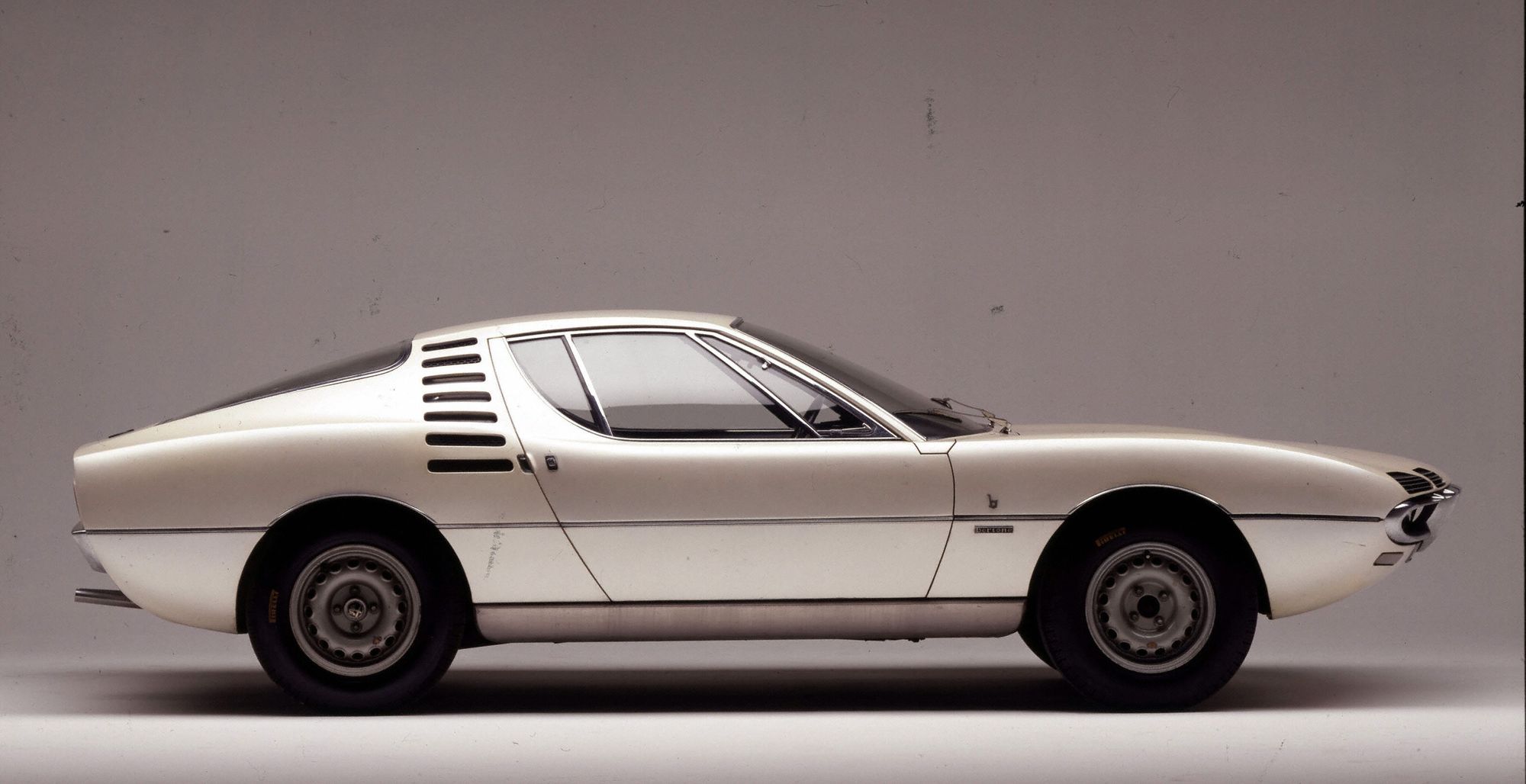
Inspired by Antoine de Saint Exupéry’s Terre des hommes and its theme of ‘Man and his world’, the brief given to Alfa Romeo by the expo organizers was: ‘to express man’s ultimate aspirations in the field of motor cars.’

Alfa Romeo’s president Giuseppe Luraghi saw an opportunity in promoting the Alfa Romeo brand in North America and at the same time explore the possibility of showcasing a potential flagship sports car.
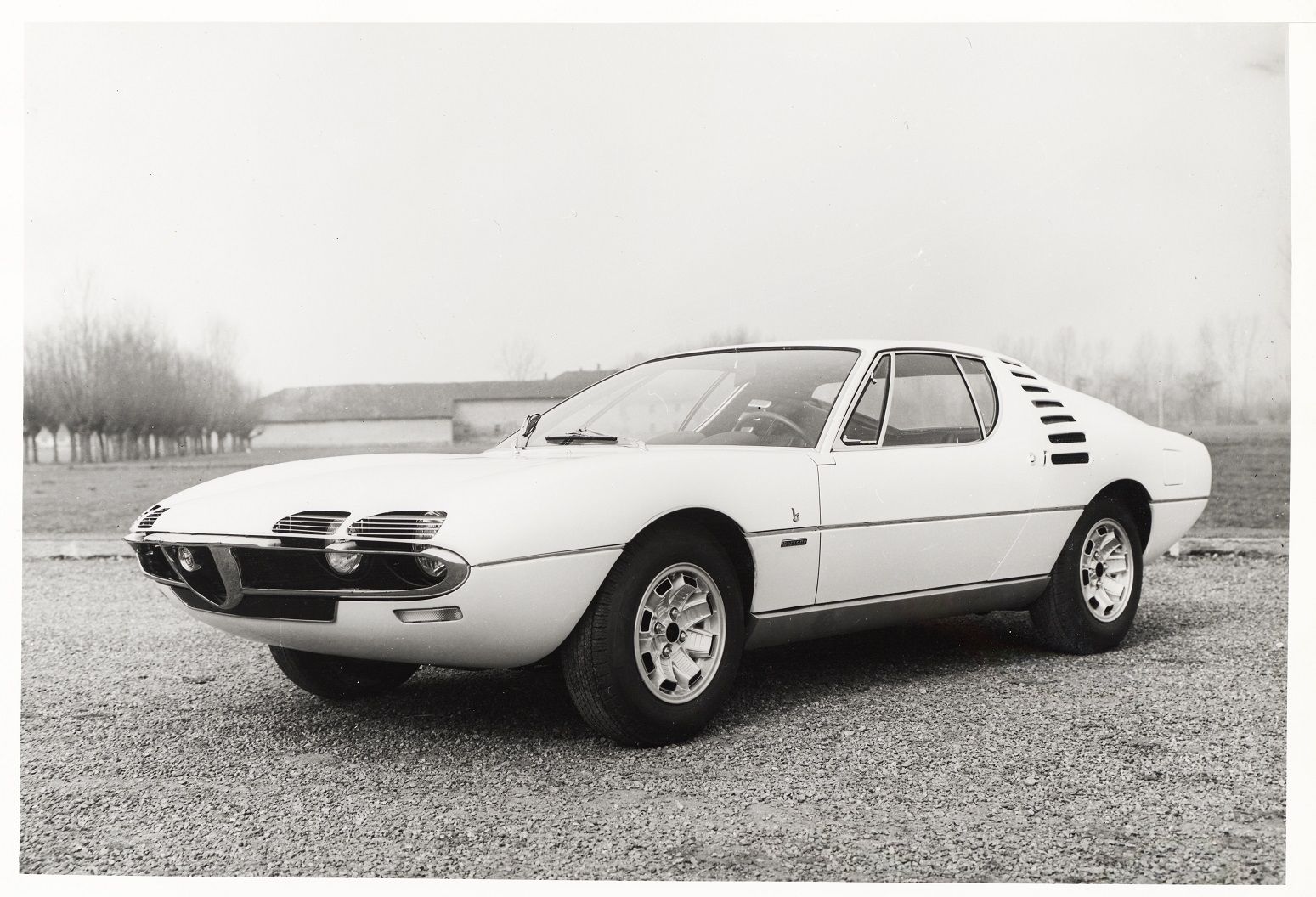
For the design and prototype of the concept car, Luraghi decided to commission his favourite coachbuilder then, Carrozzeria Bertone. The Torinese design house’s take on the Alfa Romeo TZ chassis, the Canguro concept from late 1964, and the recently revealed Lamborghini Miura had both astounded and impressed the automotive world for their sheer beauty, elegance, and flamboyance, as well as the conclusive argument that Bertone were already making the bodies of the very successful Giulia Sprint coupe, on which the concept could be based.
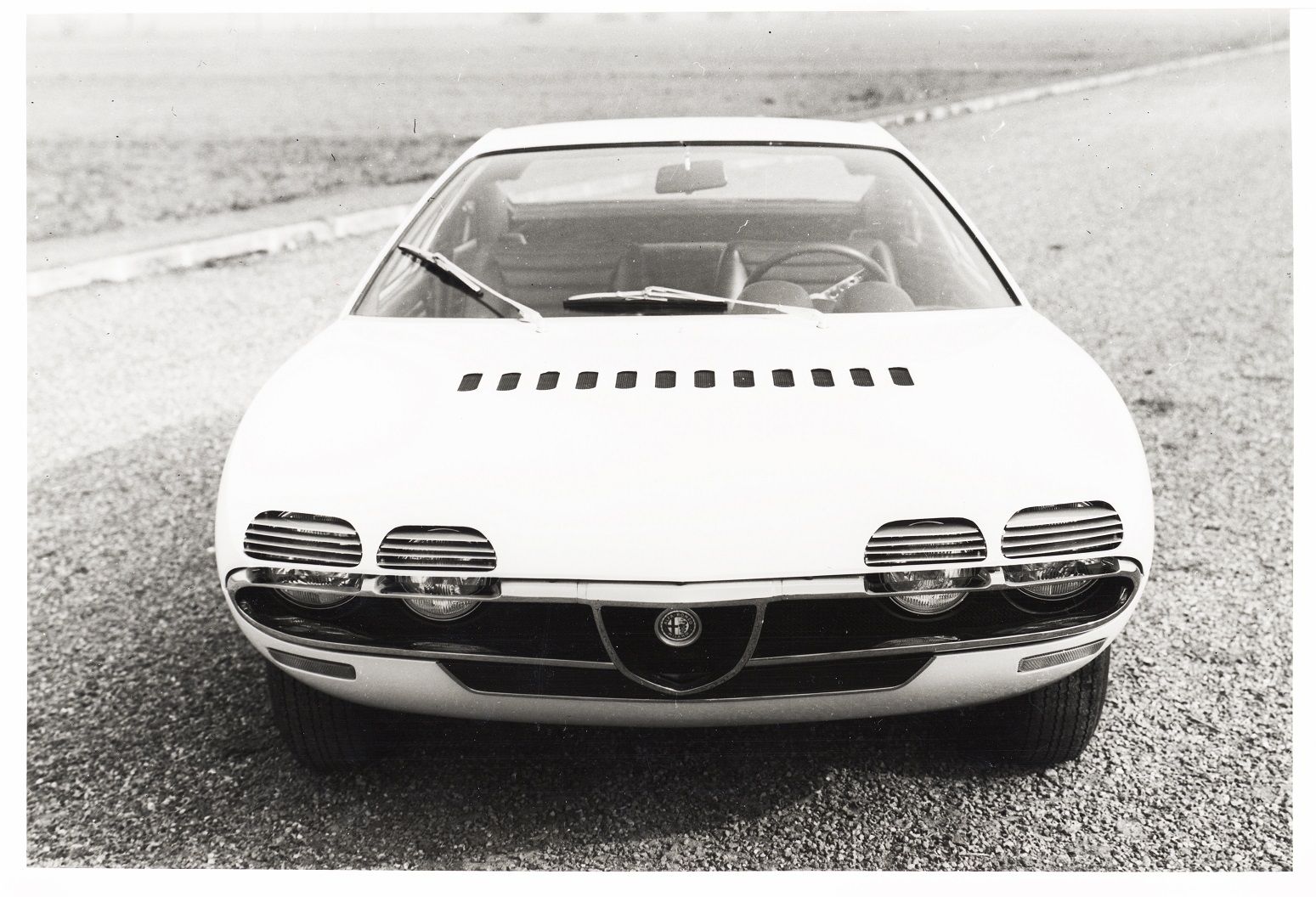
With the base decided—that of the Alfa Romeo Giulia Sprint GT, with the 110bhp 1.6-litre engine—Bertone’s chief designer Marcello Gandini began the job of defining the shape.
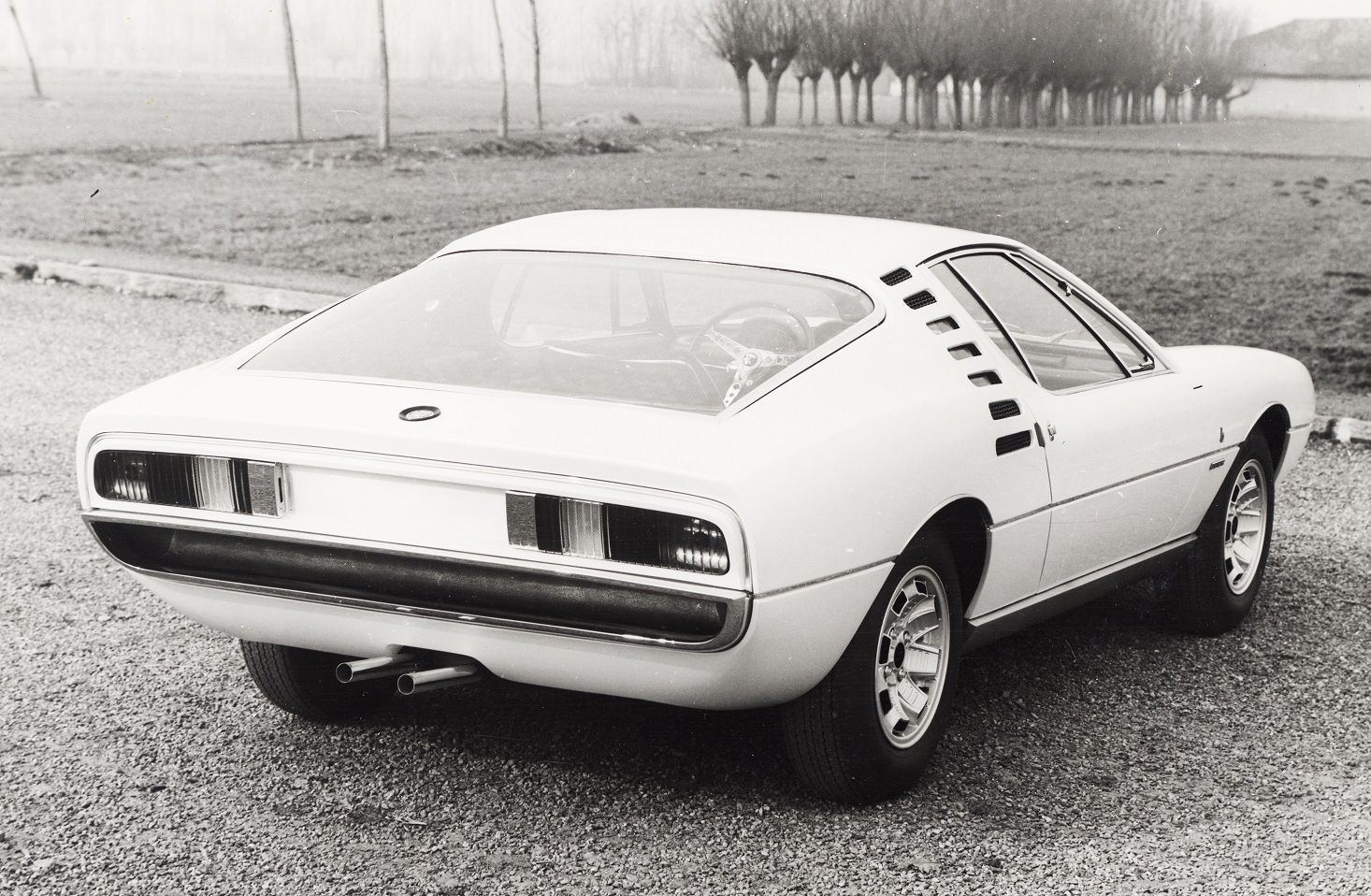
Retaining the donor car’s 2.35 meter wheelbase, Gandini drew out a shape that was an evolution of the profile that he had penned for the Lamborghini Miura: an undulating beltline, with a kick-up at the hip area, the window line curving up at the B-pillar post to meet the roof, which curved down to a deep rear glass window, and which opened up as a hatch to access the boot, plus a truncated Kamm tail for an abrupt rear.
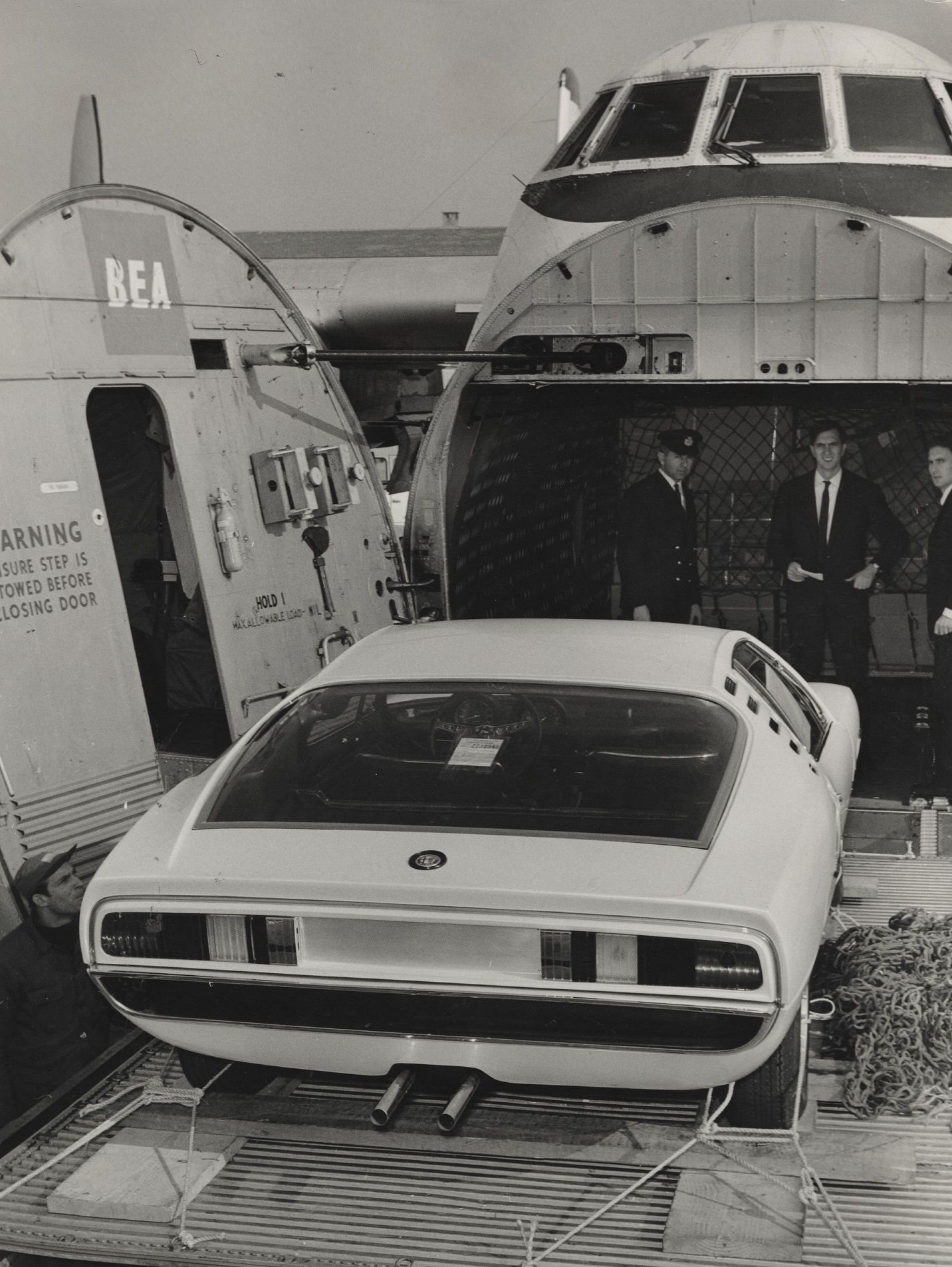
Flowing, curvaceous, sexy, yet elegant, the design delighted in the subtle detailing as well: the headlamps half hidden under the bonnet, but visible through slats cut into the leading edge, the slim chrome bumper that went around the oval grille at the front, with a neat Alfa triangle at the centre, the seven vents on the B-pillar for cabin air extraction, complemented by the 12 on the bonnet, the clamshell opening of the latter, the shutline defined along the fender by a trim that ran along the length of the car, and so on.
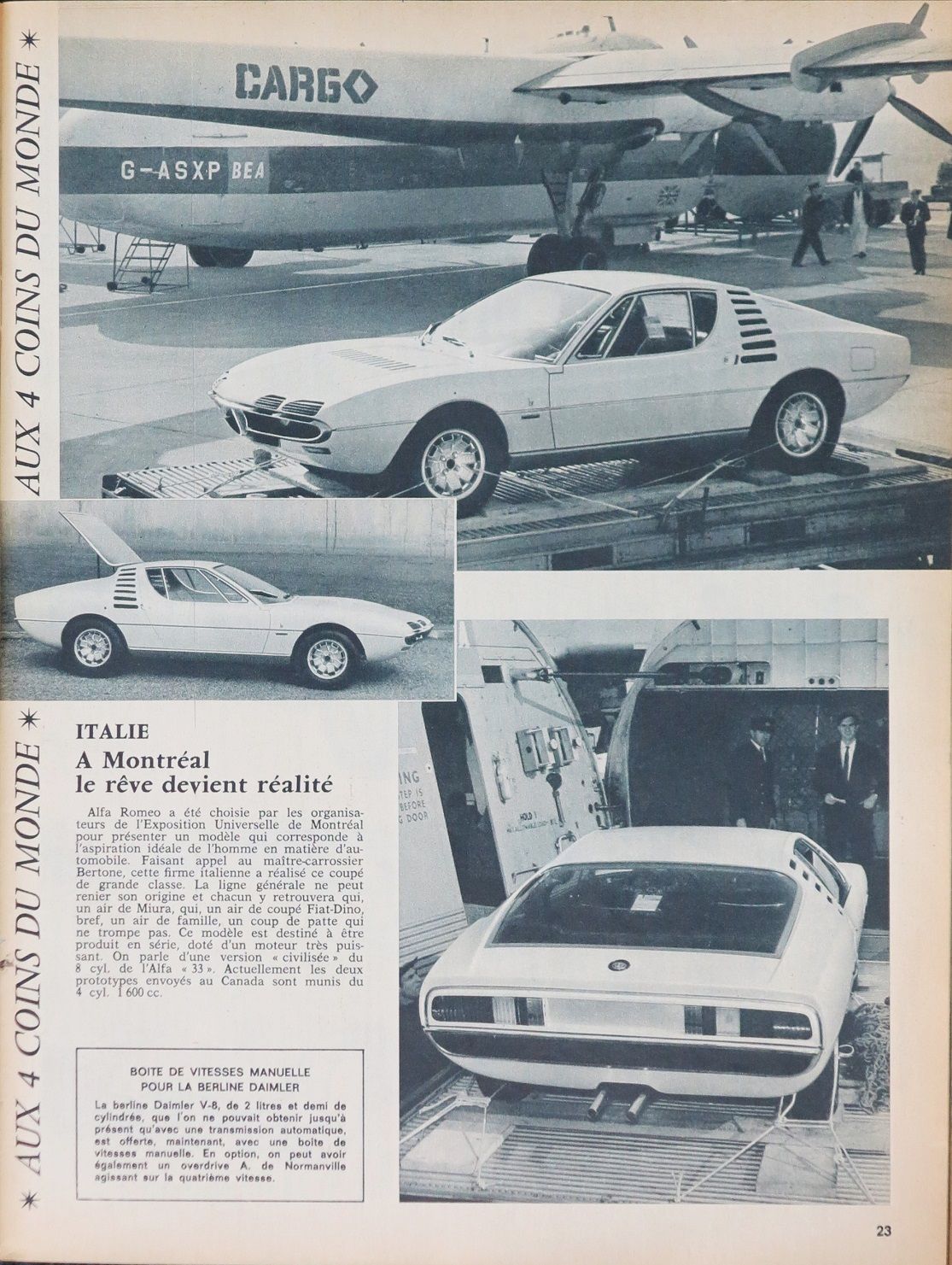
Two cars, both painted pearlescent white, were airlifted to Montreal in time for the start of the Universal Exposition, which was inaugurated on 27th April 1967.

With the overall profile owing more than a nod to the Miura, the B-pillar vents were inspired by the fender treatment of the Alfa Canguro, and the headlamp slats reflected the concept first seen on the Porsche 911 Roadster.

The wheel design too was an evolution of the ones on the Miura. The fascia and the instrumentation design were most interesting too: it was the work of a 24-year-old designer Paolo Martin, who spent a few months at Bertone, working under Gandini, before moving on to a brilliant career with Pininfarina, Ghia and then as an independent.
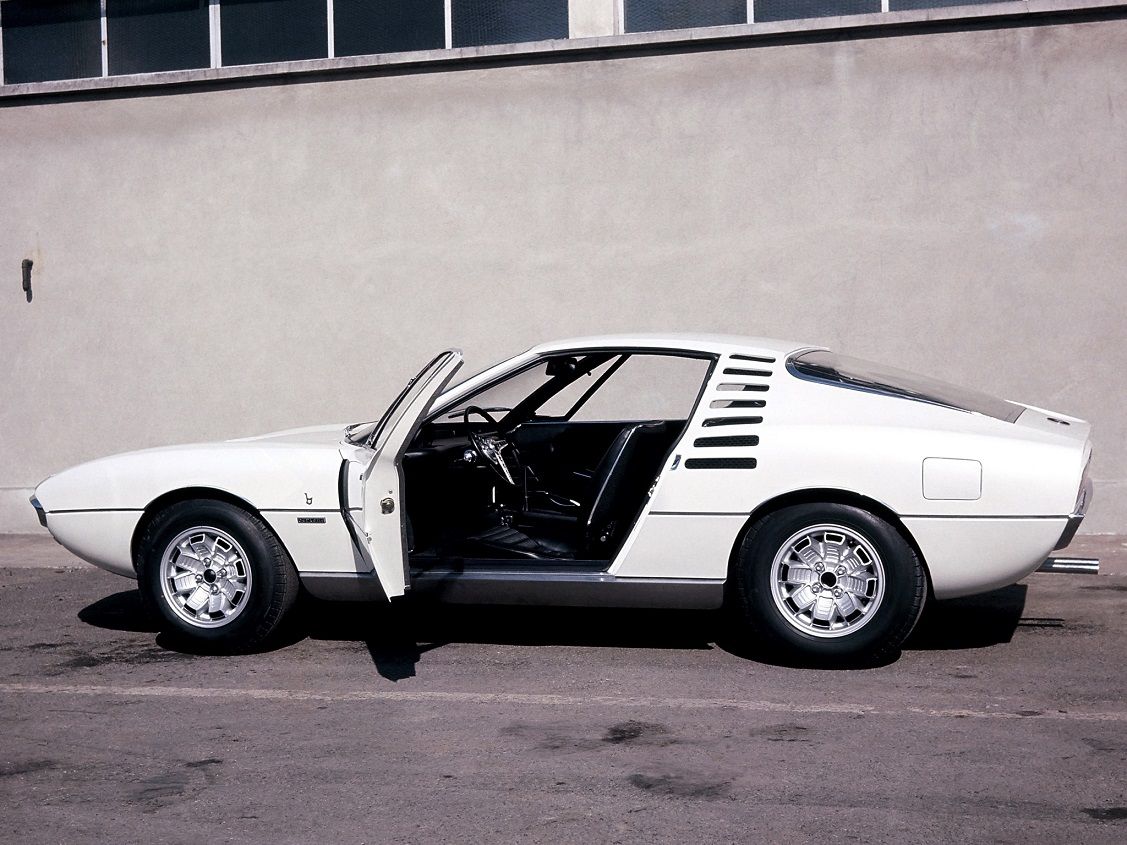
By the time the Expo closed—29th October 1967—more than 50 million had visited the fair and many had seen and been wowed by the two beautiful Alfa Romeos.
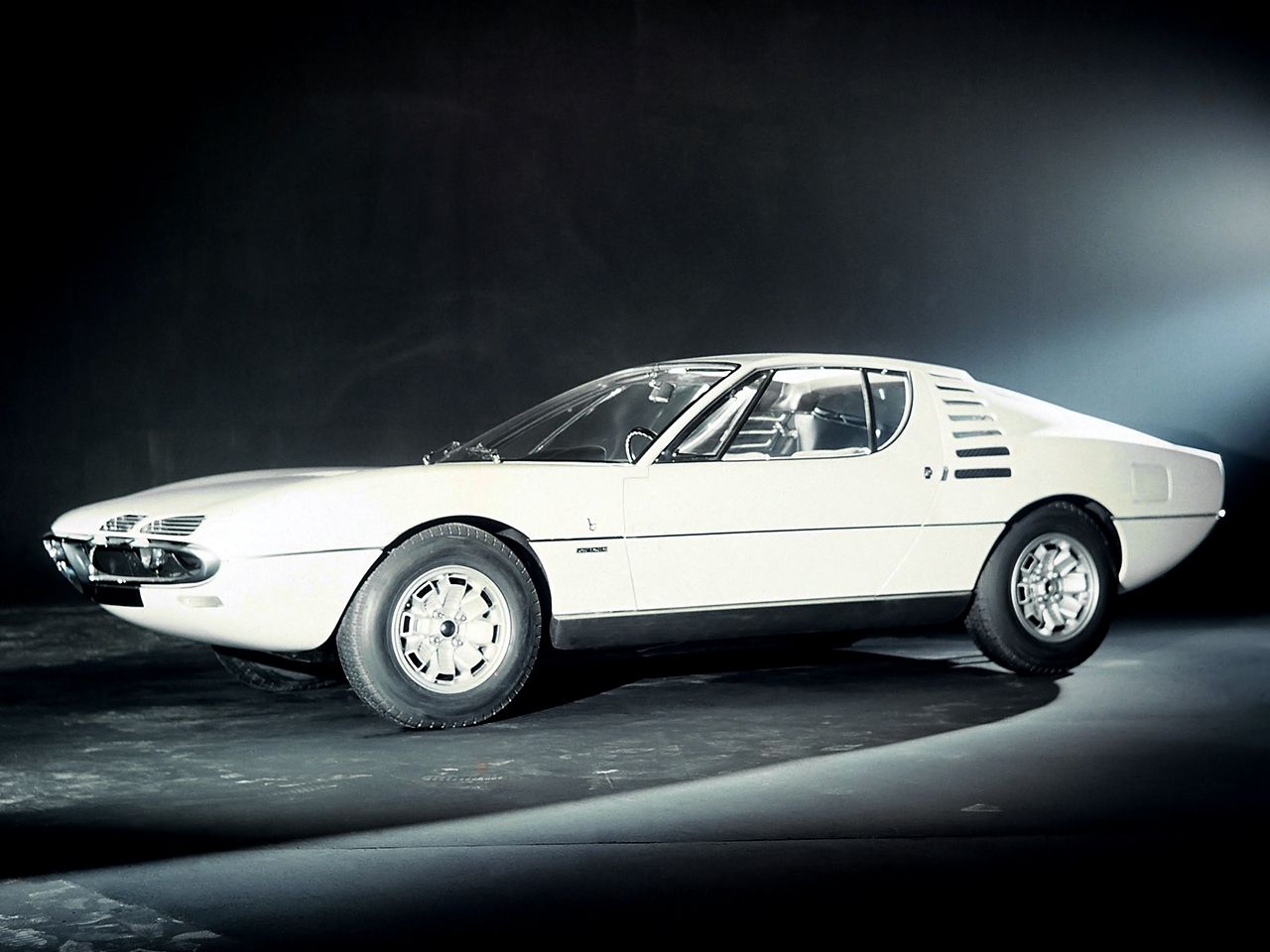
Photos and images of the two cars were flashed across the globe in magazines and newspapers, and Alfa fans and auto aficionados were bewitched by the style and elegance of the sports coupes.
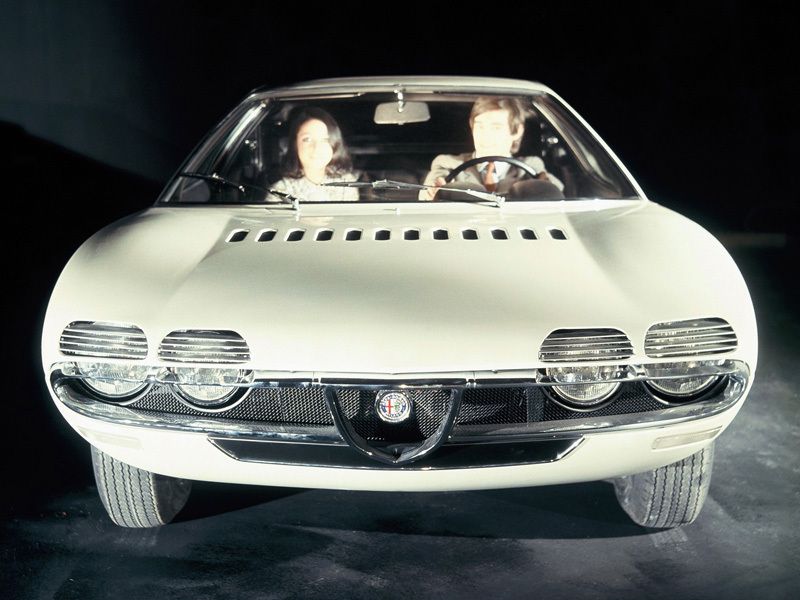
Although the two cars didn’t have any specific model name, they began to be referred to as Montreal in honour of the Expo, and with enthusiasts and motoring hacks clamouring the Alfa Romeo management to put the cars into production, the Milanese carmaker decided to begin the process of developing the car for series production.
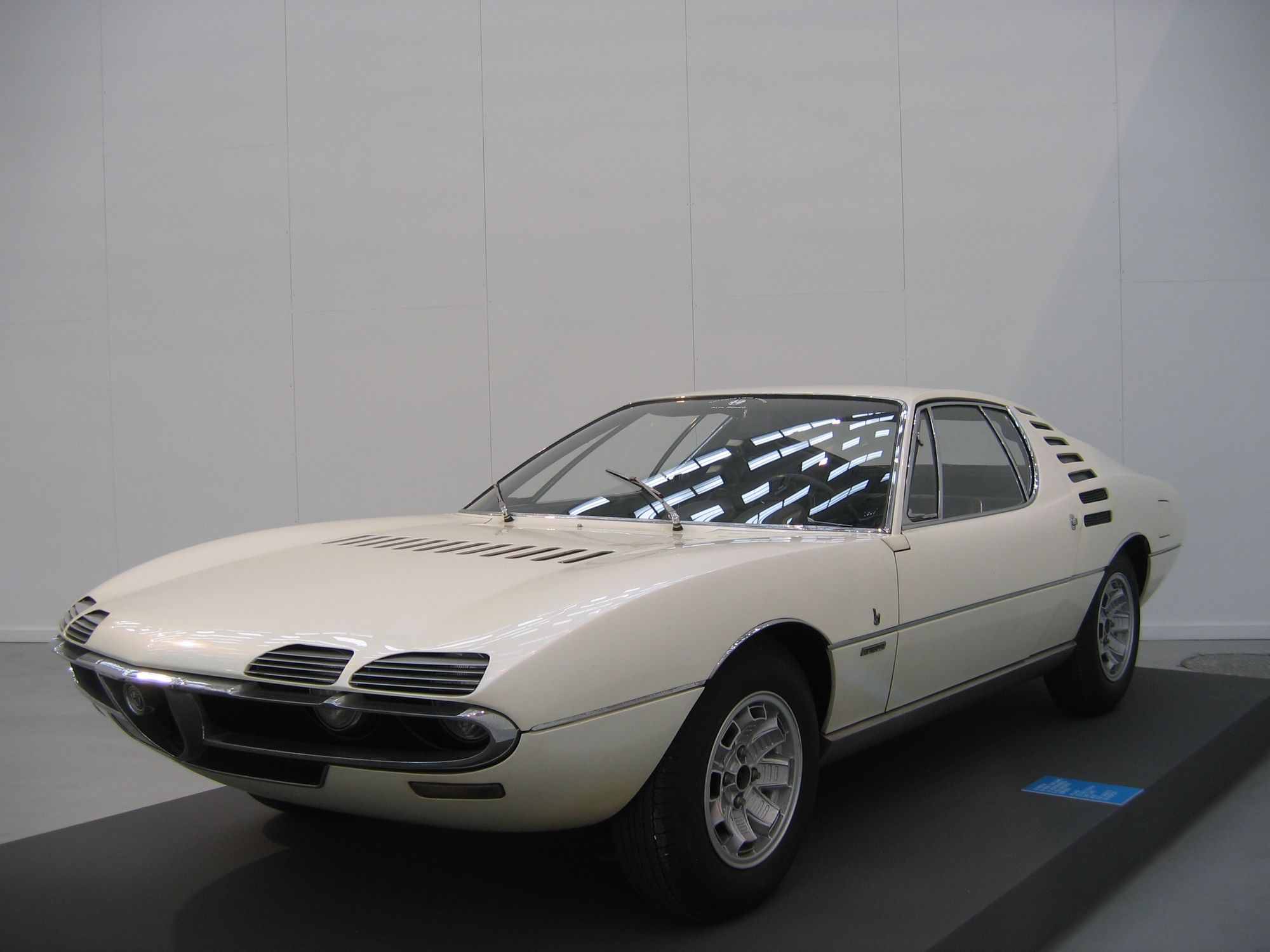
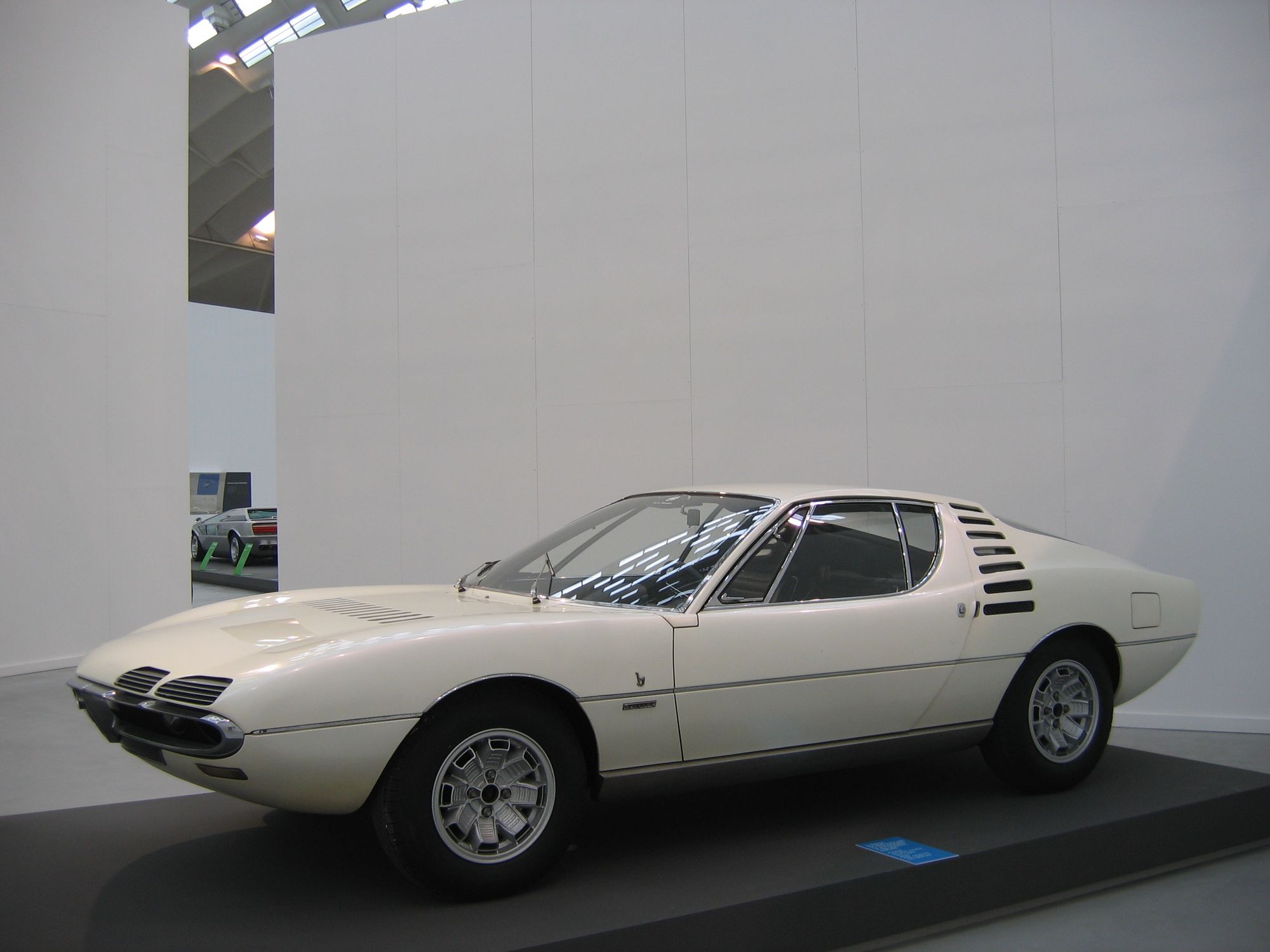
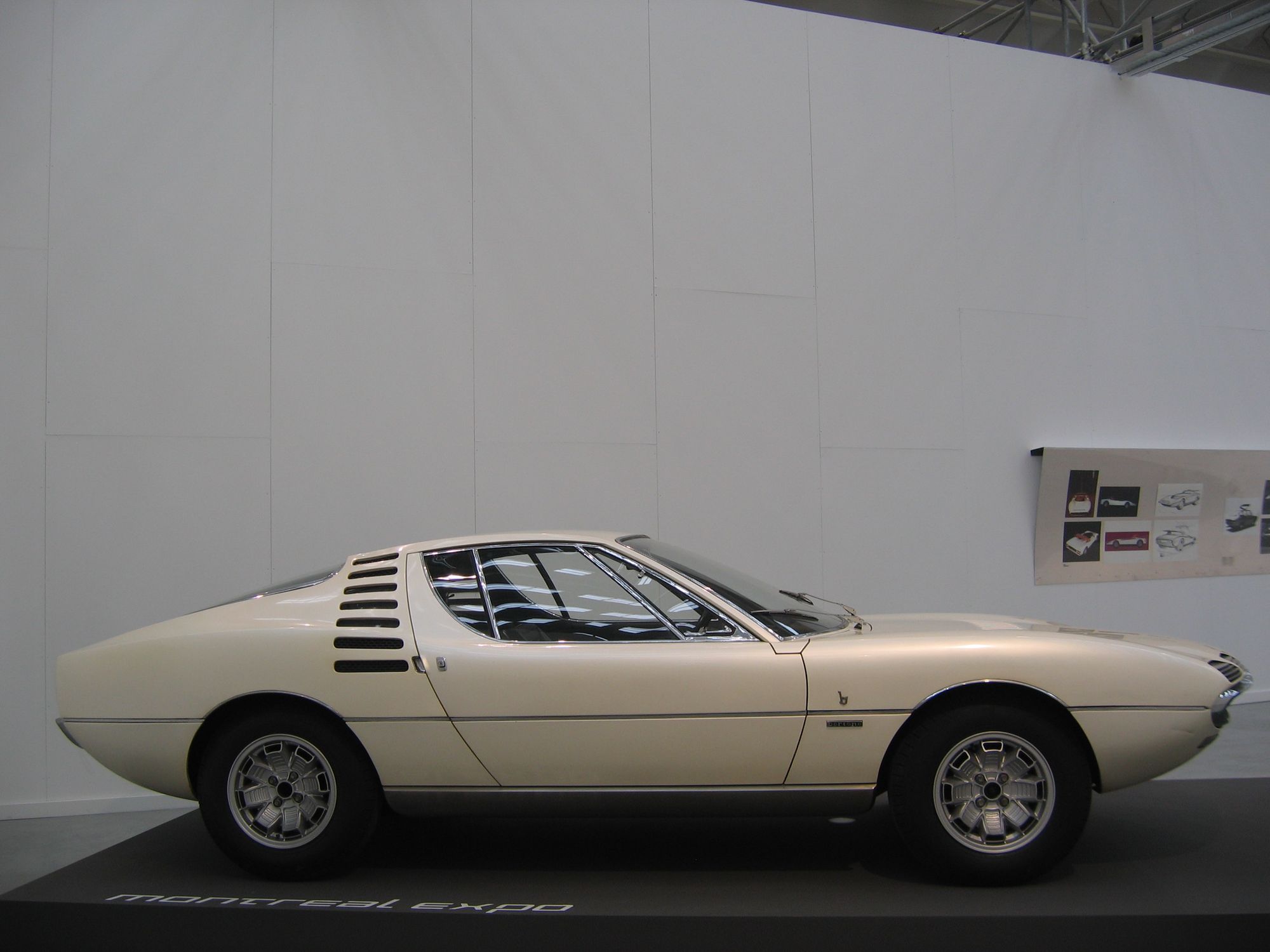

But then that’s another story.
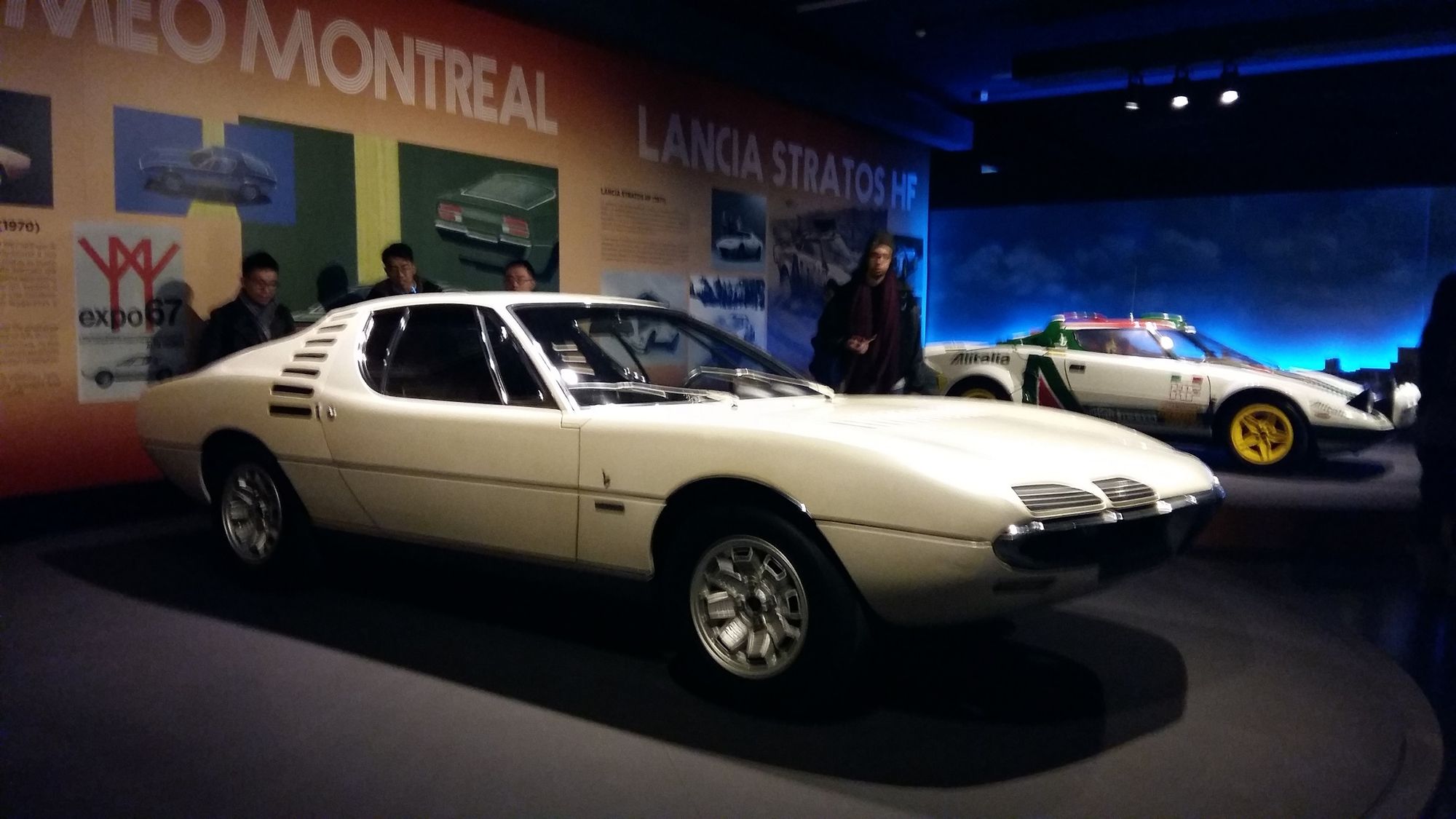
Comments
Sign in or become a deRivaz & Ives member to join the conversation.
Just enter your email below to get a log in link.
